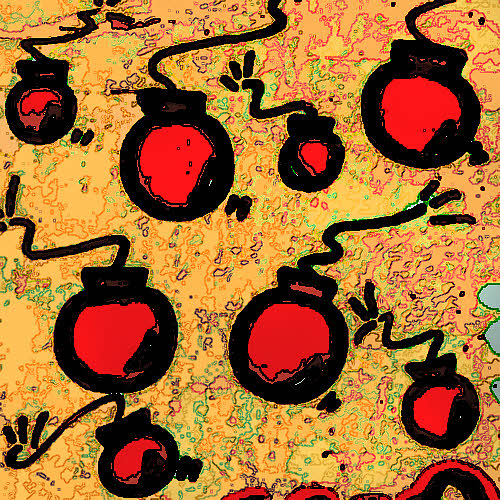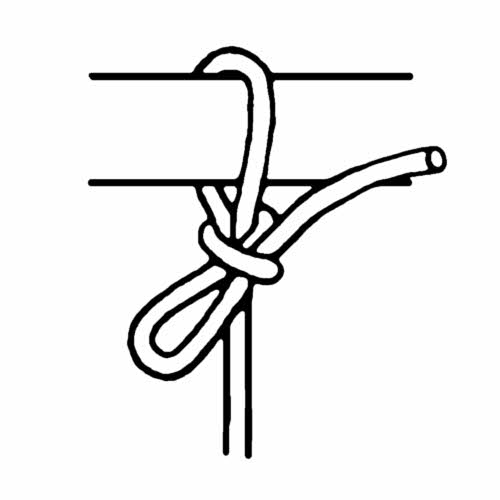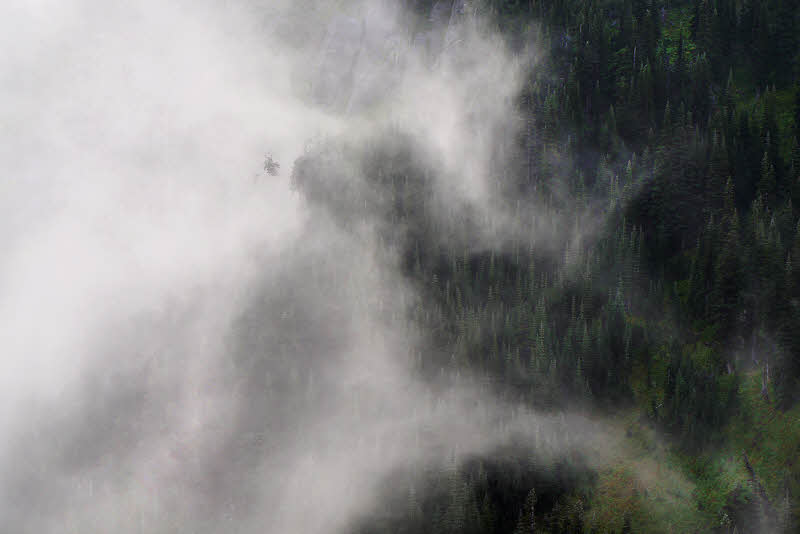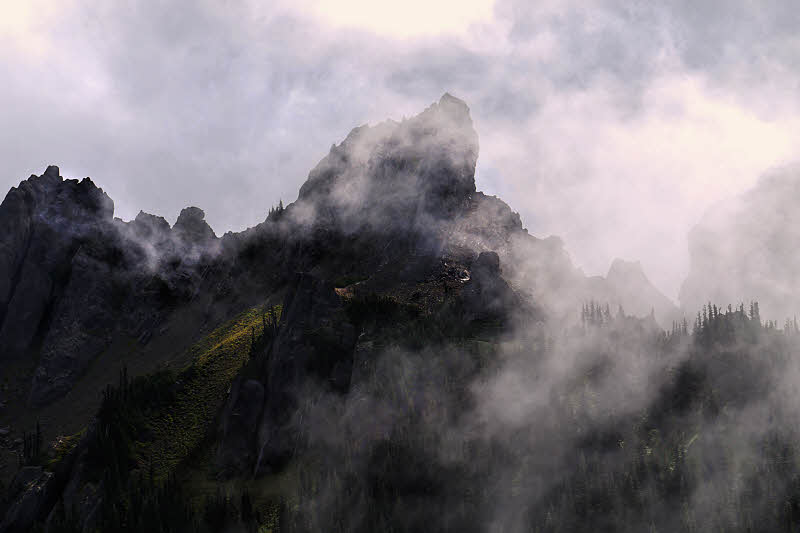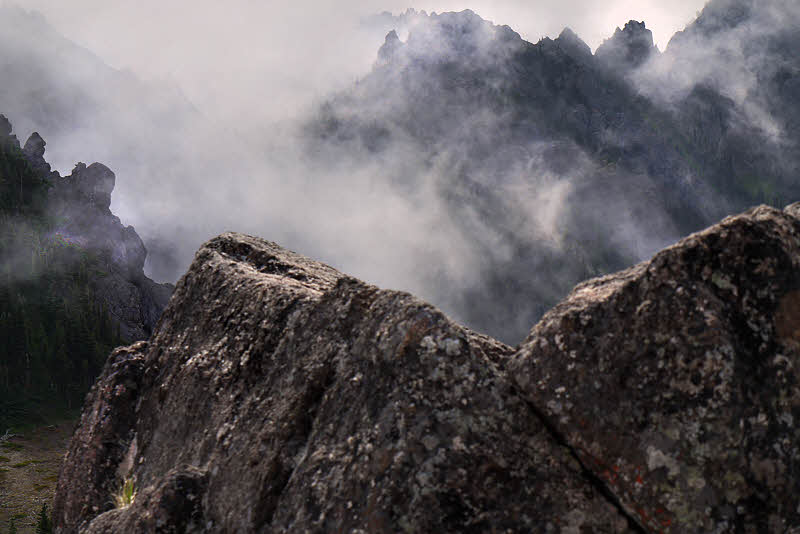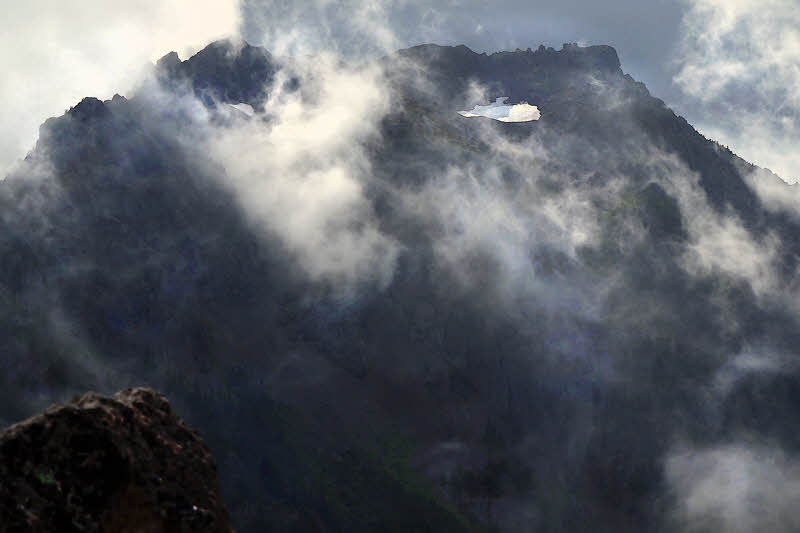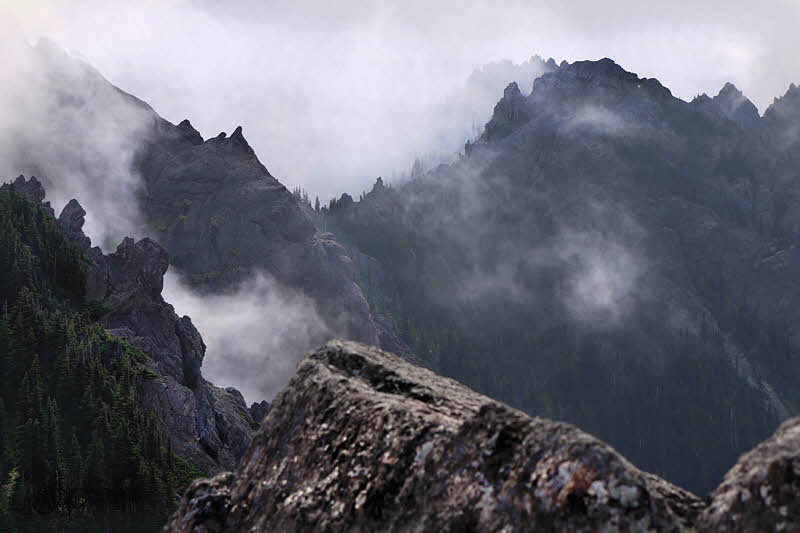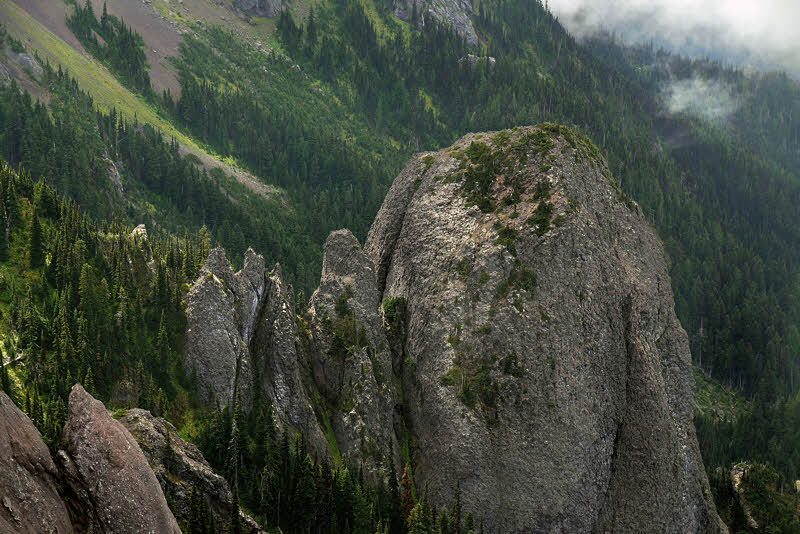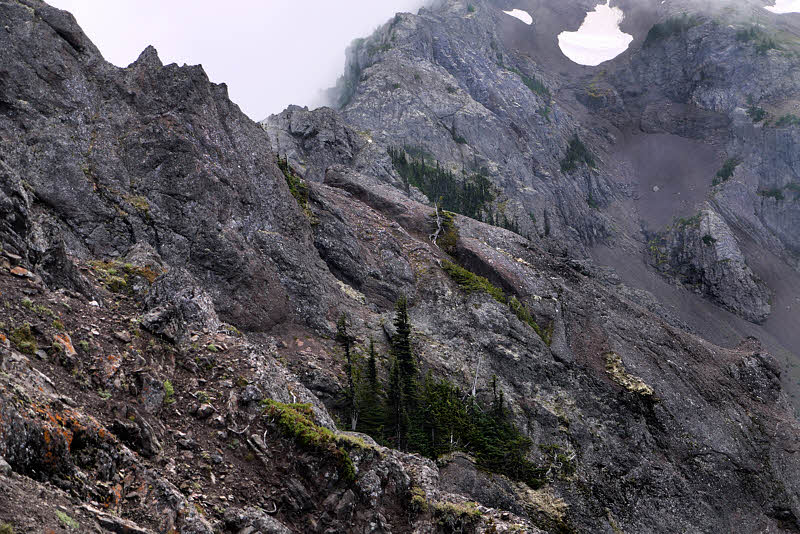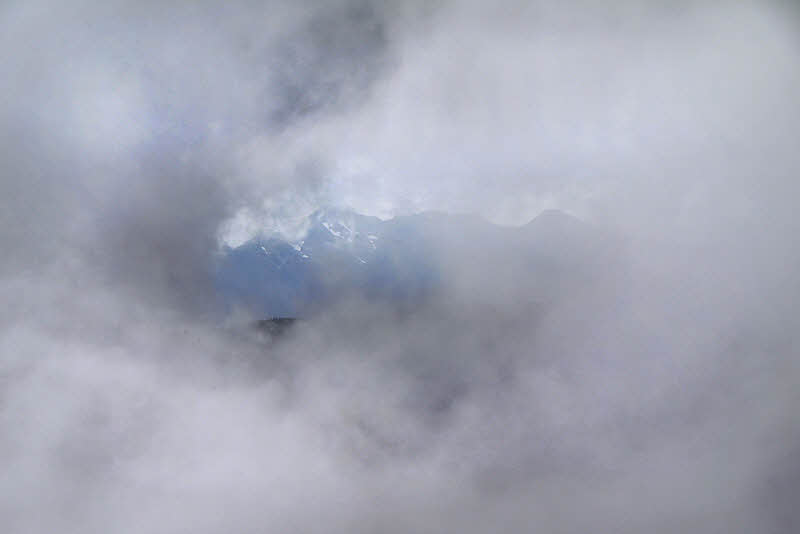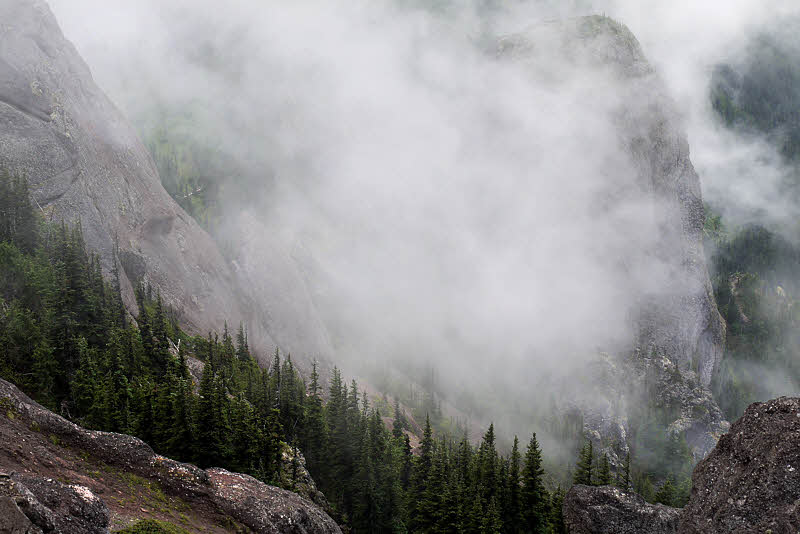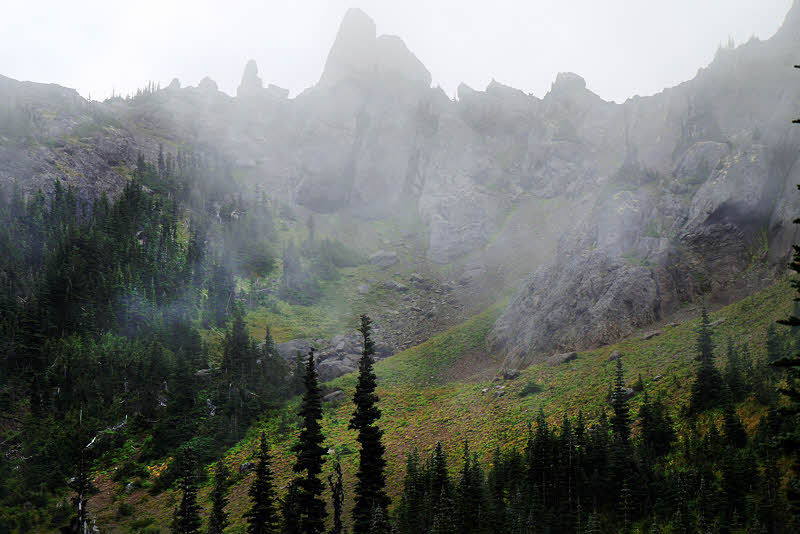So long pepper pot.
Menú
Sopa de frejól
Filete de pescado
Frutas con yogurt
Jugo de melón
That was lunch today. Two-fifty, even, at El Túnel, a little place around the corner. Open weekdays, twelve to three. I can pull on a pair of pants, be seated in less than five, and someone else does the dishes. Sweet.
Joe runs the joint. Eat there if you're ever here. Here is Cuenca, Ecuador.
I can't say when my next backpacking trip might be, but food on the trail is always a problem. You know that. I know that.
Decisions — you make them and live with them, like it or not. Often not.
First it's whether or not to eat. That's a quick one. Then whether or not to cook. Generally no debate there either. Food wins, and hot food wins.
So, either you throw cash at a case of foil pouches or roll your own, and still suffer inedibility.
So then what? Think.
Maybe you can eat without eating, and do it cheap. And not cook, and not mind. Maybe Soylent.
Maybe $3 a day. Maybe half that for a 3000-calorie day, when Soylent is available. Almost. It almost is.
Maybe this is nuts. Maybe not.
I do not enjoy grocery shopping, cooking, or cleaning dishes and I shouldn't have to. I do not like to repeat myself and I do not like having things that I do not need. No one asks me to make my own clothes. Why should I be expected to make my own food?
...
I hypothesized that the body doesn't need food itself, merely the chemicals and elements it contains. So, I resolved to embark on an experiment. What if I consumed only the raw ingredients the body uses for energy? Would I be healthier or do we need all the other stuff that's in traditional food? If it does work, what would it feel like to have a perfectly balanced diet? I just want to be in good health and spend as little time and money on food as possible. -- Rob Rhinehart, inventor of Soylent
Rhinehart has been at this for a year, mixing, eating, refining, repeating. He has $2 million in early orders and over $1.5 million in funding to support a business.
What's it really like? I don't know. You'll have to try it.
Early on, Rhinehart tasted a batch:
The first morning my kitchen looked more like a chemistry lab than a cookery, but I eventually ended up with an thick, odorless, beige liquid. I call it 'Soylent'. At the time I didn't know if it was going to kill me or give me superpowers. I held my nose and tepidly lifted it to my mouth, expecting an awful taste.
It was delicious! I felt like I'd just had the best breakfast of my life. It tasted like a sweet, succulent, hearty meal in a glass, which is what it is, I suppose. I immediately felt full, yet energized, and started my day.
Maybe it will start one of your own days before long. Out on a trail. Maybe? What?
Until then, I'll be holding down a chair at El Túnel most days.
More:
Rhinehart: How I Stopped Eating Food
Rhinehart: The Whole Food Fallacy
Rhinehart: Two Months of Soylent
Vice: Soylent Passed $2 Million in Orders, Will Ship Next Month
Vice: The Post-Food Man: Drink Soylent, and You May Never Have to Eat Again
Soylent blog: Soylent 1.0 Final Nutrition
Soylent home: Soylent — Free Your Body
